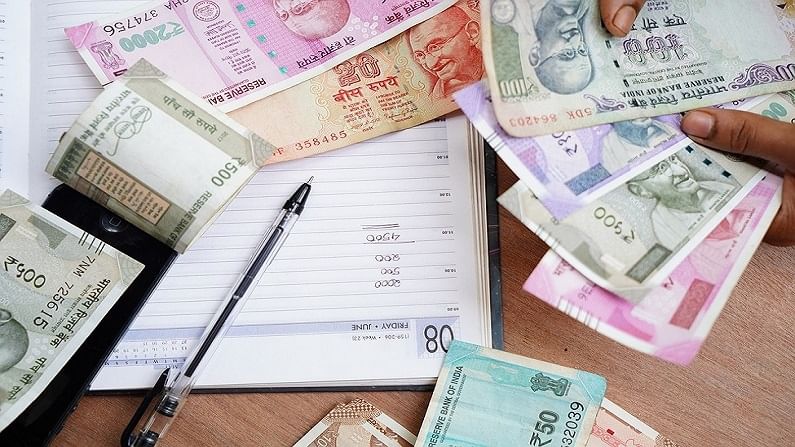Check out for risk factors in debt investment funds before investing in G-secs
Before we start actively participating in any kind of investment avenue it is equally important to understand and learn about it

A few weeks ago, RBI announced its decision to allow retail investors to directly invest in G-Secs. This announcement was broadly appreciated by retail investors as well as market participants. Allowing retail participation in any market improves the depth of that market and the move will help the market and investors as well. However, before we start actively participating in any kind of investment avenue it is equally important to understand and learn about it. Debt investment and debt funds have been around for a very long time. Many investors prefer debt investment as the risk factor is less compared to equities and it also offers returns better than a savings bank account and fixed deposits. While debt investments are safer than equities, however, they carry some element of risk. Whenever you plan to invest or save your money in debt instrument always check on these two risk factors.
-Credit (Default) Risk
-Interest Rate Risk
Credit (Default) Risk
In debt investment, you or your fund manager lend money to different companies. These investments earn interest from the companies to whom the money is lent. This interest and principal are payable as per a pre-defined timeline. Hence, the quality of the institution to whom the money is lent has a crucial role to play. Credit risk is high when the possibility of the borrower defaulting on payment of interest or repayment of principal on the pre-defined day is high. Companies with a solid track record usually offer lower rates compared to the companies that are in the growth stage. The non-payment of interest or principal directly impacts investors and hence this credit risk is an important factor to consider at the time of investment.
Interest Rate Risk
The interest rate and price of the bond are inversely related, whenever the interest rate increases the price of the bond reduces and vice-a-versa. The interest rate in India keeps fluctuating based on many factors like demand and supply of money, inflation, government borrowings, etc. The impact on the overall portfolio due to a change in interest rate is what interest rate risk is all about. For example, if you hold debt instruments with long-term maturity at an interest rate of 7% and if the interest rate goes up to 8%, the value of your instrument will go down as the investment needs to generate interest that matches with the revised interest rate of 8%. The longer the duration of the bond, the higher is the interest rate risk. Hence, before investing in any fund or debt instrument check on the average maturity or modified duration.
Coming back to the point of RBI’s announcement of allowing retail participation in G-Secs. These government securities do not carry any kind of credit risk as they are backed by the government. However, it does carry interest rate risk which increases with the maturity period. G-Secs come with a range of maturity periods. Longer the duration, the interest rate risk involved is higher. Retail investors investing directly in G-Secs is a good thing, however, we need to ensure we have enough information about these investments. We know the government will never default, hence, capital protection will always be there, however, the interest rate risk will continue to exist.
(The writer is Co-Founder-MyWealthGrowth.com. Views expressed are personal)